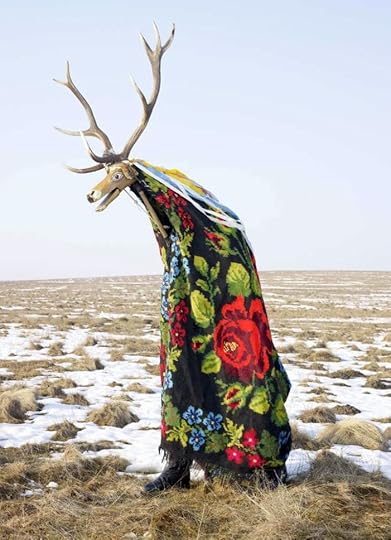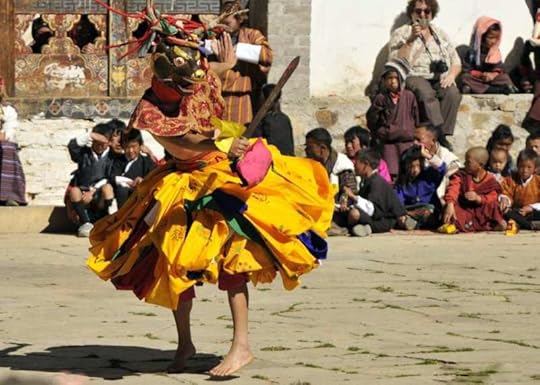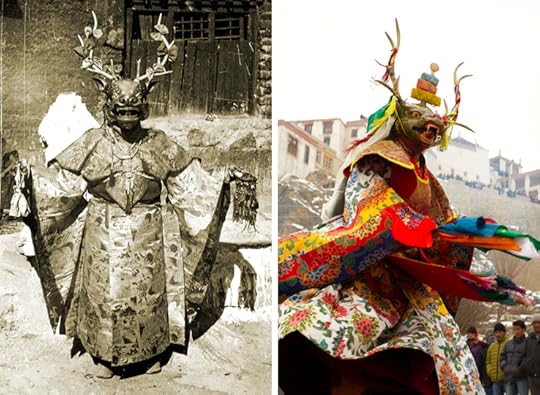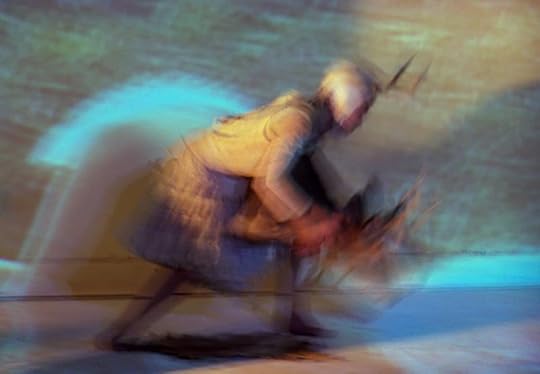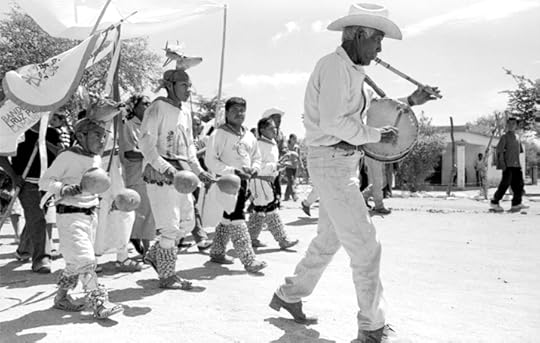Holding the world in balance
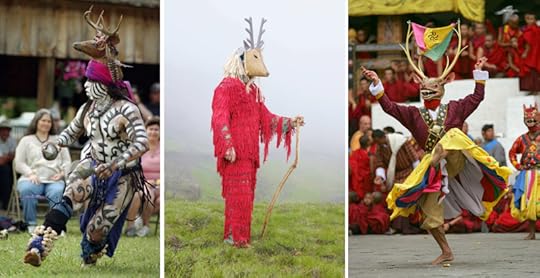
Following on from yesterday's post, here's a passage from an interview with Chickasaw writer Linda Hogan noting the role of traditional ceremonies in mediating our relationship with animals:
"There were times when animals and people spoke the same language, or when the animals helped the humans. For instance, our mythology says it was the spider who brought us fire. I���ve thought about these human-animal relationships for years -- is this true? Well, humans and animals existed together for many thousands of years without creating the loss of species. There was enormous respect given to animals. I have to trust the knowledge of indigenous people because it held a world in balance.
"I have a special interest in ceremonies. I look at a ceremony called the Deer Dance. In the ceremony, I watch the entire world unfold through the life of the deer and a man dressed as a deer. The man dances all night. It is as if he were transformed into a deer. This is a renewal ceremony for the people. The deer that lives in the mountains far from the people provides them with life.
"The purpose of most ceremonies -- such as healing ceremonies -- is to return one person or group of people to themselves, to place the human in proper relationship with the rest of the world. I thought that we were out of touch with ourselves twenty years ago. Now, with computers and email and cell phones, we are even more out of touch. How many of us even stay in touch with our own bodies? If we aren���t inhabiting our own bodies, how can we understand animal bodies of the world?"
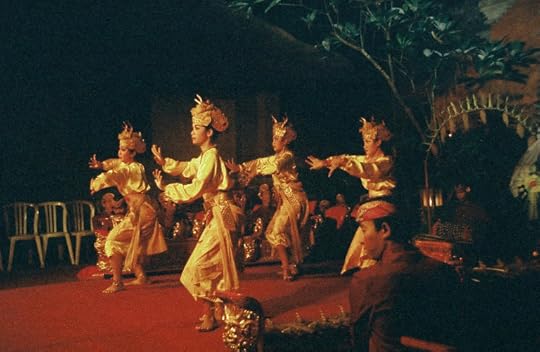
"Indian people," says Hogan, "must not be the only ones who remember the agreement with the land, the sacred pact to honor and care for the life that, in turn, provides for us. We need to reach a hand back through time and a hand forward, stand at the zero point of creation to be certain we do not create the absence of life, of any species, no matter how inconsequential they might appear to be. "
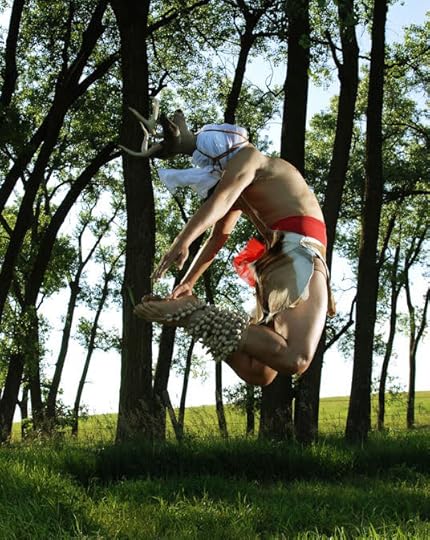
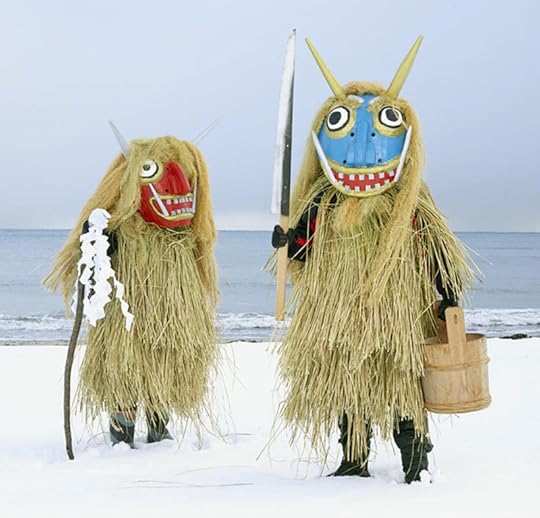
Pictures: A traditional stag dancer on New Year's Day in Romania (photographed by Ch arles Fr��ger ); Mayan, Portuguese, and Bhutan deers dancers (the second photograph by Fr��ger); a deer dancer performing at the Black Crane Festival in Bhutan; Tiben Cham Deers, early in the 20th & 21st centuries; a women's deer dance in Bali; an urban deer dance by American artist Carolyn Ryder Cooley ; Yaqui Deer and Pascola Dancers in procession in Sonora, Mexico; a Yaqui Deer Dancer in Arizona (photograph by Kyle Bowman), and Yokai spirits in Akita Prefecture, Japan (photographed by Charles Fr��ger). Please note that there are rules and taboos about photographing sacred ceremonies; I've only used photographs taken with permission.
Words: The first passage above is from an interview with Linda Hogan by Camille Colatosti, published onlne in The Witness. (Alas, it no longer appears to be available.) The second passage is from Hogan's essay collection Dwellings: A Spiritual History of the Living World (WW Norton, 2007), which I highly recommend. All rights reserved by the author.
Further reading: "Deer Woman and the Living Myth of the Dreamtime" by Carolyn Dunn, "Where the White Stag Runs" by Ari Berk, and two previous posts: "Wild Folklore" and "Homemade Ceremonies."
Terri Windling's Blog
- Terri Windling's profile
- 708 followers


